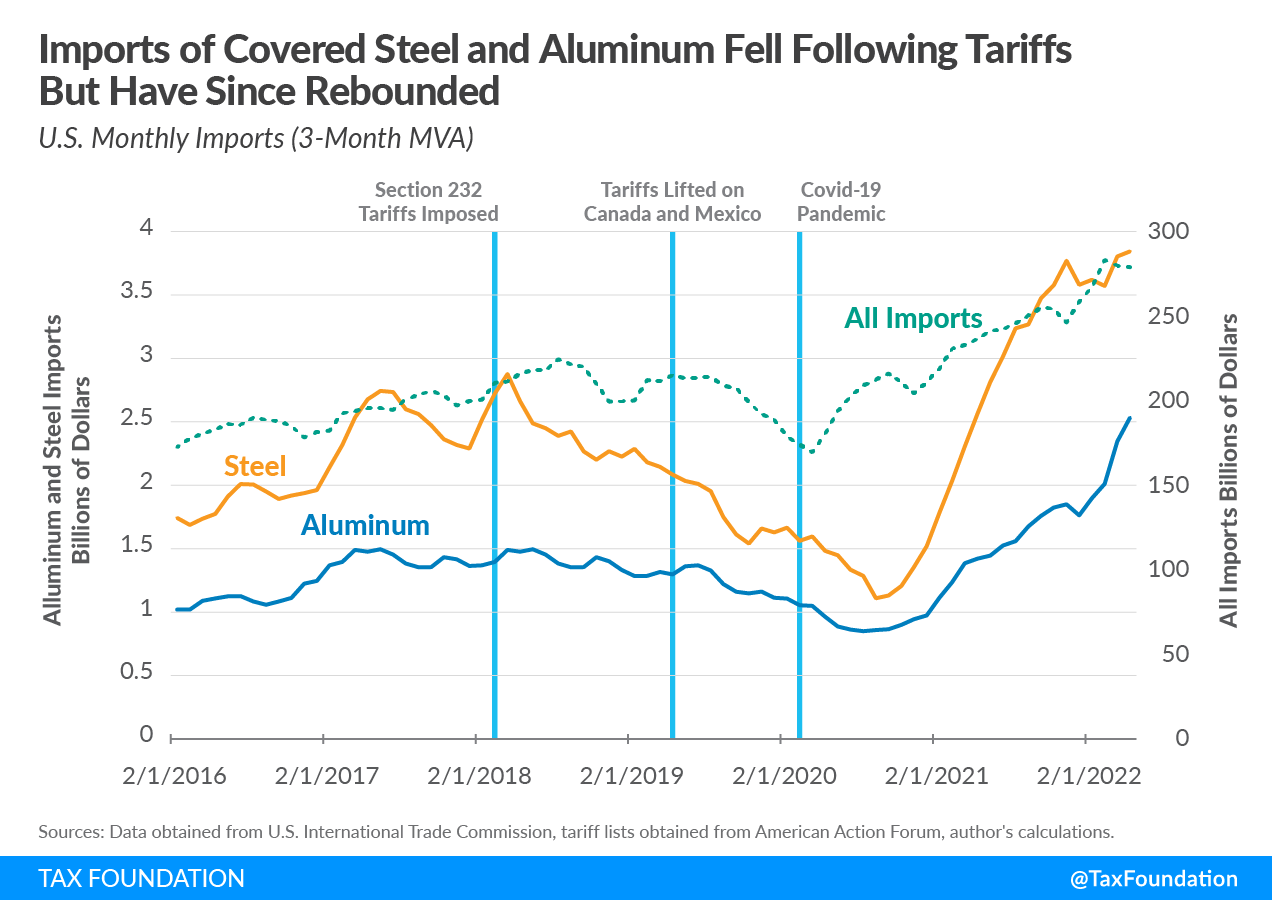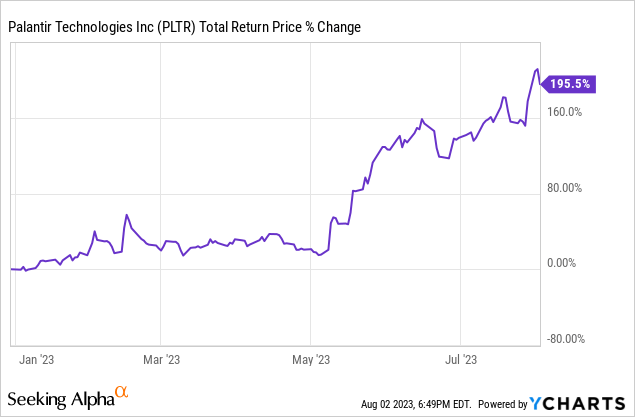Trump's Threat: Tariffs On Commercial Aircraft And Engines

Table of Contents
The Potential Impact of Tariffs on the Aviation Industry
The proposed tariffs on commercial aircraft and their engines posed a severe threat to the global aviation industry. This section explores the potential repercussions for various stakeholders, analyzing the ripple effects of such protectionist measures.
-
Increased Aircraft Prices: Tariffs would directly inflate the cost of aircraft and engines, impacting affordability for airlines worldwide. This could trigger:
- Reduced airline profitability: Higher operating costs could severely squeeze profit margins, potentially leading to route cuts and decreased investment.
- Higher ticket prices for passengers: Airlines would likely pass increased costs onto consumers, resulting in less affordable air travel.
- Delayed aircraft purchases and fleet modernization: Airlines might postpone upgrading their fleets, hindering technological advancements and fuel efficiency improvements. This would have long-term implications for sustainability and competitiveness.
-
Disruption of Global Supply Chains: The aviation industry depends on a complex, globally interconnected supply chain. Tariffs could severely disrupt this delicate network, leading to:
- Production delays: Increased costs and bureaucratic hurdles at borders could cause significant production delays for both aircraft manufacturers and their suppliers.
- Increased manufacturing costs: The added expense of tariffs would permeate the entire supply chain, increasing the overall cost of manufacturing aircraft.
- Uncertainty for component suppliers: The threat of tariffs created considerable uncertainty for component suppliers, potentially impacting investment decisions and employment.
-
Geopolitical Tensions: The imposition of these tariffs could exacerbate existing trade tensions, potentially harming international relations and fostering protectionist sentiment globally. This could result in:
- Retaliatory tariffs from other countries: Other nations might respond with their own tariffs, escalating a trade war and harming multiple industries.
- Reduced international cooperation on aviation safety standards: Strained relationships could undermine cooperation on crucial safety regulations, impacting global aviation security.
- A negative impact on global trade: The overall negative impact on global trade would be significant, hindering economic growth and potentially causing a global recession.
Boeing and Airbus: A Direct Confrontation
The proposed tariffs were particularly relevant given the fierce competition between Boeing (US) and Airbus (EU). The potential for retaliatory tariffs created a complex scenario of tit-for-tat trade actions, significantly impacting both companies.
-
Boeing's Position: Boeing, heavily reliant on US government support, would have been directly impacted by any retaliatory tariffs imposed by the EU. This could have significantly impacted employment numbers and their market share.
-
Airbus's Response: Airbus, with substantial manufacturing capabilities in Europe, would have faced challenges navigating the potential tariffs and their impact on its global market share. Airbus would undoubtedly have lobbied heavily against the tariffs and actively sought diplomatic solutions.
-
The WTO and Trade Disputes: The looming trade war raised serious concerns about the World Trade Organization's (WTO) role in resolving such disputes, highlighting the challenges of navigating international trade law within a politically charged environment.
Economic and Political Ramifications of Trump's Tariff Threat
Beyond the direct impact on aircraft manufacturers and airlines, the proposed tariffs had far-reaching economic and political implications.
-
Job Losses: The potential for job losses in the aviation industry and related sectors across multiple countries was a major concern. This impacted not only manufacturing but also maintenance, support services, and related industries.
-
Consumer Impact: Increased aircraft prices would inevitably lead to higher airfares, impacting consumers and potentially depressing air travel demand. This would affect both domestic and international travel markets.
-
National Security Concerns: The reliance on international supply chains for crucial components raised serious national security concerns, particularly for military aircraft and related technologies, adding a layer of complexity beyond purely economic considerations.
Conclusion: Navigating the Future of Aircraft Tariffs
Trump's threat of tariffs on commercial aircraft and engines exposed the intricate interplay of global trade, international relations, and national security. Understanding the potential impact of such actions is vital for policymakers, businesses, and consumers. While the immediate threat may have passed, the underlying issues remain. The aviation industry continues to grapple with the complexities of international trade, underscoring the need for careful consideration of the long-term effects of protectionist policies. Staying informed about future developments concerning tariffs on commercial aircraft and engines remains crucial for all stakeholders. Understanding the potential implications of Trump's threat, and similar future trade actions, requires ongoing vigilance.

Featured Posts
-
 Ashhr Njwm Krt Alqdm Alsabqyn Walmdkhnyn Rhlt Mn Alidman Ila Aliqlae
May 10, 2025
Ashhr Njwm Krt Alqdm Alsabqyn Walmdkhnyn Rhlt Mn Alidman Ila Aliqlae
May 10, 2025 -
 Matchday 27 Bundesliga 2 Cologne Overtakes Hamburg
May 10, 2025
Matchday 27 Bundesliga 2 Cologne Overtakes Hamburg
May 10, 2025 -
 Should You Invest In Palantir Stock Before May 5th A Detailed Look
May 10, 2025
Should You Invest In Palantir Stock Before May 5th A Detailed Look
May 10, 2025 -
 Chat Gpt Creator Open Ai Faces Ftc Investigation A Deep Dive Into The Issues
May 10, 2025
Chat Gpt Creator Open Ai Faces Ftc Investigation A Deep Dive Into The Issues
May 10, 2025 -
 Nyt Spelling Bee April 1 2025 Hints Clues And Pangram
May 10, 2025
Nyt Spelling Bee April 1 2025 Hints Clues And Pangram
May 10, 2025
